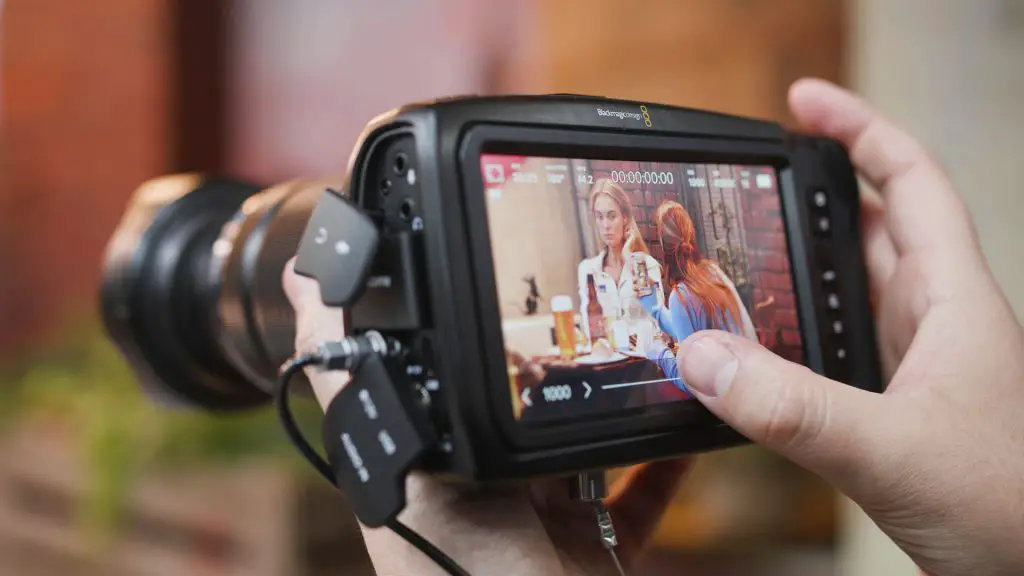

When you choose BMR, you’ll get additional options and which you decide on will depend on your filming requirements. A big difference of BMR compared to other RAW formats is it's designed to be cross-platform rather than proprietary and not only that, it includes a developer toolkit (SDK) so that support for BMR can be added to other software.īMR actually does part of the codec’s de-mosaic processing in the camera, so you get better performance, smaller file sizes (than traditional codecs) but still the same quality, range and so on that you’d expect from a RAW format If you're already roughly familiar with these formats you can skip this video, as we'll get in to all the details below.īlackMagic RAW is a codec that aims to give you all the benefits of RAW recording while keeping file sizes down. Here is a short video that compares video recorded on the BMPCC in raw and ProRes with compressed video footage from a Canon 7D. Record Settings: Codec and Quality Codec and Quality On the first screen or tab, you’ll need to choose your preferred codec and quality, and the resolution you want to shoot at.

You’ll see three screen options – or tabs.

Once you've checked your camera software is up to date, press Menu and go to Record in the settings. I use the BMPCC 4K, so there are specific references to that camera here, but most of the information should apply to all models and hopefully you’ll be able to get a sense of what you’re choosing and why, so that you can make decisions and changes as your filming with the BMPCC progresses.įirst things first, make sure your BlackMagic Pocket Cinema Camera is up to date with the latest software. ‘Best Settings’ is a bit of misnomer in that there are only the best settings for your particular intended filming use rather than a one size fits all. How to Record Video with the BMPCC: Best Settings for Common Uses In this article, we’ll take a look at how you can get started with recording with your BlackMagic Pocket Cinema Camera.


 0 kommentar(er)
0 kommentar(er)
